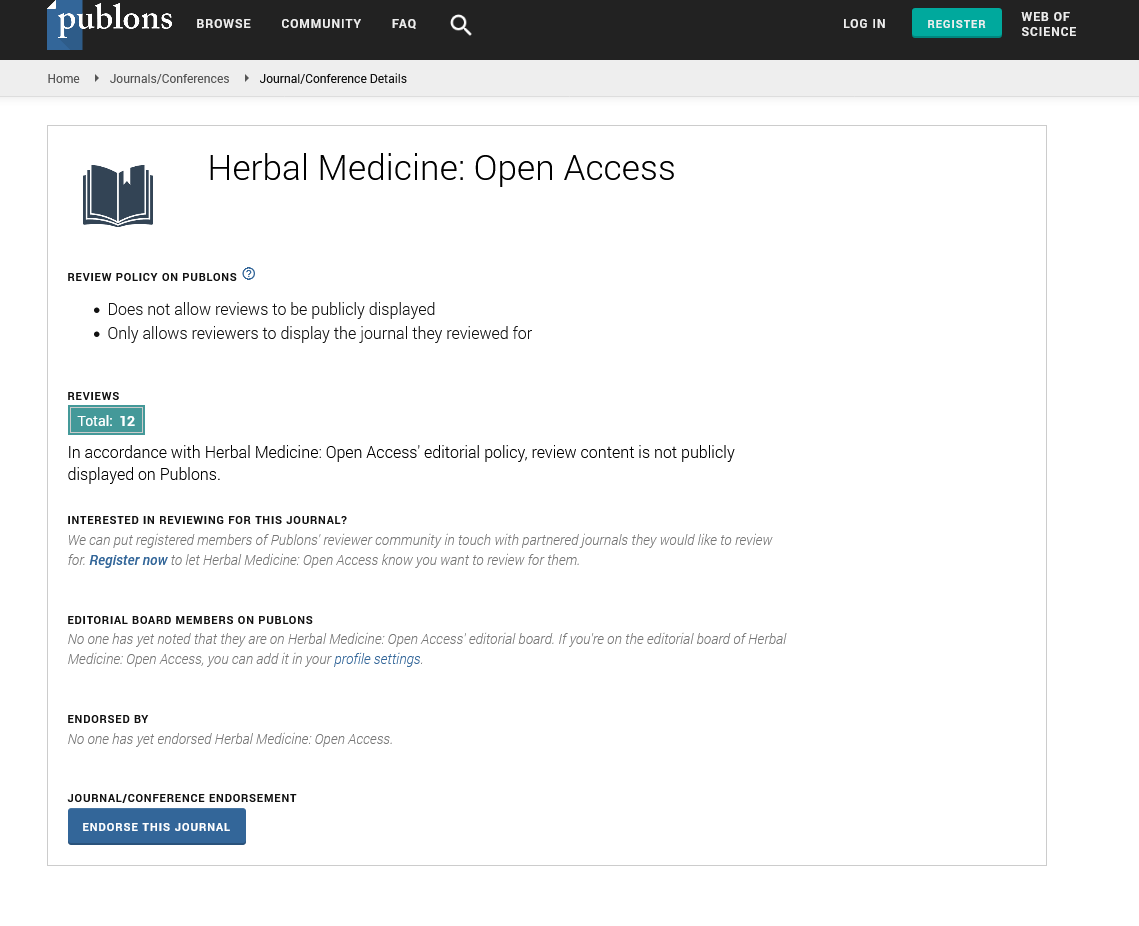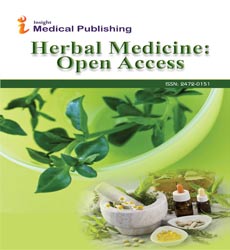Abstract
Sustainable production of medicinal and aromatic plants in Salt-affected lands in India
Experiment using 5 sweet basil (Ocimum basilicum) cultivars in sodic soils (pH2 9.3) showed that the highest yield was recorded in CSLT-13, followed by CSLT-12- 1. The cultivar CSLT-5 was of the linalool chemotype, yielded 62.36% linalool in oil, while CSLT-13 and CSLT-9 which were methyl chavicol chemotypes yielded 69.6% and 57% methyl chavicol, respectively. On the basis of crop diversification study, production efficiency (61.3 kg/ha/day) was higher with sweet basil–matricaria (Matricaria chamomilla L) cropping system over the traditional rice–wheat system. Energy-use efficiency of sweet basil–matricaria was higher (11.99) than that of the rice–wheat (11.43) cropping system. Highest benefit: cost ratio was recorded with sweet basil–matricaria (2.74), followed by chili (Capsicum spp.)–garlic (Allium sativum L) (2.42) cropping systems. In an another experiment with eleven genotypes of dill (Anthum graveolens L.) the cultivar ‘CSS 1’ recorded the highest seed yield across three years under different alkalinity locations. Five Jatropha (Jatropha curcas L.) genotypes were screened and evaluated in sodic soils. The highest oil content was found in BTP 1-K and BTP 1-N followed by BTP 1A and this genotype was found to be suitable for producing more biomass and bio-energy and rehabilitation of degraded lands..
Author(s): D.K.Sharma
Abstract | Full-Text | PDF
Share this

Google scholar citation report
Citations : 271
Herbal Medicine: Open Access received 271 citations as per google scholar report
Herbal Medicine: Open Access peer review process verified at publons
Abstracted/Indexed in
- Google Scholar
- JournalTOCs
- China National Knowledge Infrastructure (CNKI)
- Directory of Research Journal Indexing (DRJI)
- WorldCat
- Publons
- Secret Search Engine Labs
- Zenodo
Open Access Journals
- Aquaculture & Veterinary Science
- Chemistry & Chemical Sciences
- Clinical Sciences
- Engineering
- General Science
- Genetics & Molecular Biology
- Health Care & Nursing
- Immunology & Microbiology
- Materials Science
- Mathematics & Physics
- Medical Sciences
- Neurology & Psychiatry
- Oncology & Cancer Science
- Pharmaceutical Sciences


